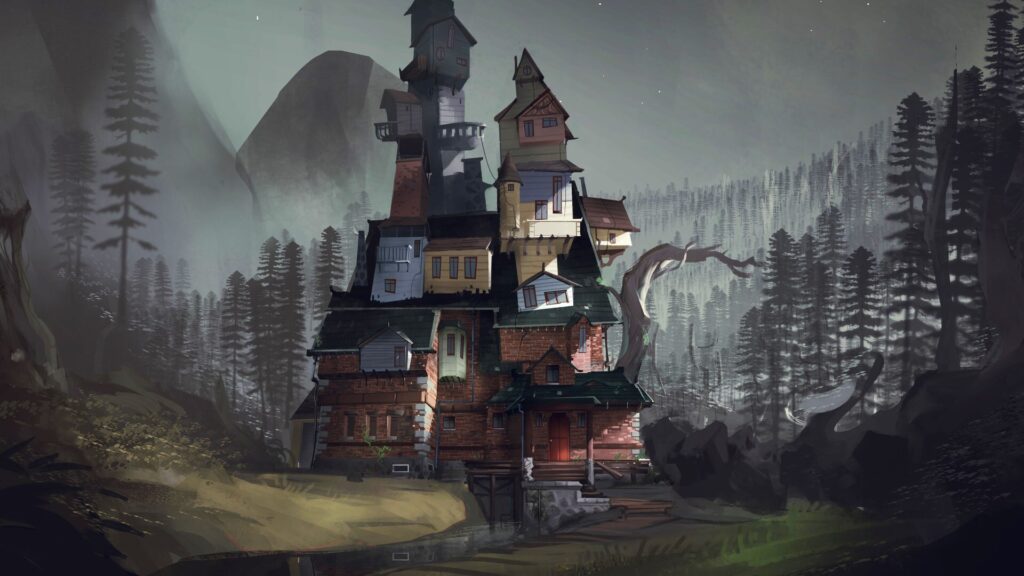Videogames have come a long way from their humble beginnings as arcade games in the 70s. Today, they have evolved into a powerful medium for creative story telling, capable of eliciting deep emotions and creating a sense of immersion and engagement that is unparalleled by any other medium. Is interactive gaming the future of story telling?
Gone are the days when video games were simply a source of entertainment. They used to be simple, with basic graphics and gameplay. God, remember way back when you’d mindlessly play pinball on your home desktop computer because your parents had to use the phone you couldn’t connect to the ADSL? For the Gen Zers in the house, worry not, it was before your time.
But now, back to interactive gaming. As technology has advanced, so too has the medium of videogames. Today, they have evolved into so much more. The interactive nature of video games nowadays, added to the technological capabilities, allows for a unique form of creative storytelling, and it’s about time we as a society recognize their potential as a powerful medium for art and expression. Sure, gameplay is still important, but it’s the combination of compelling gameplay and masterful storytelling that sets videogames apart from any other medium. Nowadays, storytelling games are a rich tapestry of intricate storylines, detailed characters, and immersive worlds to explore. From social commentary to education, therapy and much more, the potential of videogames as a storytelling medium is vast and limitless. The future is bright for the medium, and we can expect to see even more innovative and creative uses of videogames as a storytelling medium.

Journey proves that less sometimes is more. Simple yet impactful creative story telling.
Let’s take the game Journey, for example. This game is, simply put, a beautiful piece of videogame storytelling. Players take on the role of a robed figure making a pilgrimage across a vast desert. The game is incredibly simple, with no dialogue or traditional narrative structure, yet it creates a sense of wonder and mystery as the player journeys across the desert and discovers the secrets of the game’s world. The ability to encounter another player online, communicating with them only through a single sound yet being able to accompany one another throughout the whole journey, adds a layer of emotion and connection that is pretty damn special. Added to the fact that the visuals are gorgeously and carefully crafted, players can’t help but be sit in awe and wonder when finishing the game. It’s a testament to the power of creative storytelling in interactive gaming.
Interactive stories can keep you on the edge of your seat

But it’s not just about the visuals, the sound and the online gameplay, the creative story telling in videogames can keep you on the edge of your seat, just as much or perhaps even more than any thriller would. What Remains of Edith Finch is such a game. This game allows players to explore the abandoned Finch family home and uncover the stories of the various family members who once lived there. Each story is presented in a distinctive and creative way, using different gameplay mechanics to convey the story. This keeps players engaged and invested in the story as they explore the home and learn about the Finch family. The fascinating feeling of something that inevitably happens in a story, yet the agency of being able to face it in your own time, adds a layer of emotional weight that is unique to interactive stories. It leaves no player indifferent.
The fulfilment of interactive gaming can boost how we feel
Exploration and discovery are also key elements in the art of storytelling in videogames. Games like Outer Wilds take players on an open-world and non-linear journey to a mysterious alien planet. The game’s story is revealed through a combination of environmental storytelling, player discovery, and dialogue. The satisfaction of ‘earning’ this knowledge, and the feeling of fulfilment that comes with it, makes these sort of storytelling games a joyful experience. It’s a refreshing contrast to the idea that all games are about competition, such as Counter Strike or LOL.

And let’s not forget about games like Stanley’s Parabole, which are not only entertaining but also smart and thought-provoking. This game is a commentary on choice and agency in interactive gaming, with players’ choices affecting the outcome of the story. The game’s narrative is presented through a combination of live-action video, animation and text. It’s smart and thought-provoking, eliciting a reaction and response from the player that is on par with any movie masterpiece. It’s impossible to play it and not be frustrated, but that’s part of what makes it such a fascinating adventure.
Can we talk about the accessibility and educational potential of videogames?
Accessibility is another area where videogames excel as a storytelling medium. Games like Before Your Eyes, which uses eye-tracking technology to allow players to control the game with their gaze, demonstrate the potential of videogames to make storytelling more accessible to a wider audience. Inclusivity and accessibility are important issues in our society, and videogames like this can help to further promote these values by providing a more immersive and engaging experience for players.
If we then pair this accessibility with the educational potential of interactive games, we could really make a difference in the life of millions of people. Just think about it. Videogames can provide an innovative and interactive way for players to learn and retain information, making it a powerful tool for education. Civilization VI proves so. This game simulates the development of a civilization throughout history, providing players with a deep understanding of historical events, cultures, and the inner workings of government and society. Players must make strategic decisions in order to advance their civilization, and the game’s complexity allows players to learn about economics, diplomacy, warfare, and other important aspects of human history. Through this engaging and interactive experience, players can gain a deeper understanding of history and how civilizations have evolved over time. What a way to learn something new and expand your mind.
Now take it even further from learning facts and stories, how about learning trades and skills with VR? But that’s a story for another time.

It is evident that the medium of videogames has the capability to convey intricate narratives and evoke deep emotions in players, rivaling traditional forms of storytelling. As technology continues to advance, the potential of videogames as a medium for art and expression becomes increasingly apparent. Just think of what we could achieve if we recognize the value and power of the combination of compelling gameplay and masterful storytelling in videogames, and acknowledge the medium as a legitimate form of artistic expression. The future of videogames as a medium for storytelling holds immense potential not only for innovation and creativity but for education and society as whole too. So let’s embrace and explore the countless possibilities of interactive storytelling. And don’t even get us started on VR… It’s about time guys.













